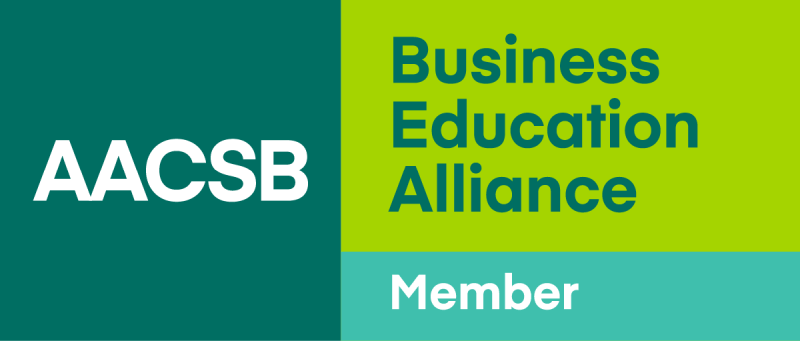Sae Yiang Group – Where Daughters Shape the Future of a Family Business
Four third-generation sisters are sustaining a traditional Chinese-Thai family business in northeastern Thailand. How can women redefine leadership and sustain a legacy built by generations of men?
At a glance
Industry
Agriculture Tool Trading
Location
Srisaket, Thailand
Type of Business
Small and Medium-Sized Enterprises (SMEs)
Abstract
Sae Yiang Group (SYG) illustrates how female leadership is reshaping the future of traditional Chinese-Thai family enterprises. Founded in 1932 in Sisaket, Thailand, the Chaiyadecha family’s business evolved from a small grocery store into a diversified conglomerate spanning agriculture tools, rice manufacturing, and biomass energy through the bold movement of the youngest son, Chatree Chaiyadecha. Historically, succession followed patriarchal norms, but this changed when Chatree, father of four daughters, envisioned a new path where women, too, could lead and innovate the family business.
This case study examines how the third generation of female successors has navigated generational, cultural, and gender expectations to sustain the family legacy. Through their ventures, including KwaiThong AEC and Nakee Thailand, the sisters combined traditional entrepreneurial values of the family with contemporary management practices. Ultimately, the SYG family business case study contributes to the understanding of gender inclusion, intergenerational transition, and innovation in sustaining family businesses across cultural contexts.
All rights reserved. © 2025 Nikkei Business Lab Asia. No part of this publication may be copied, stored, or transmitted in any form. Copying or posting is an infringement of copyright.
Disclaimers:
(1) Regarding Case Study Content: This case study is based mainly on secondary data and analysis of publicly available information unless otherwise stated, and is intended solely for educational purposes. Any opinions expressed by the author(s) are designed to facilitate learning discussion and do not serve to illustrate the effectiveness of the company. Additionally, banner images and logos used in the case study are intended for visualization in an educational setting and it is not used to represent or brand the company. For any dispute regarding the content and usage of images and logos, please contact the team.
(2) Regarding University Affiliation and Titles of Authors: The university affiliation and titles of author(s) seen in the case study is based on their affiliation and title during the time of publication. It may or may not represent the current status of said author(s).
